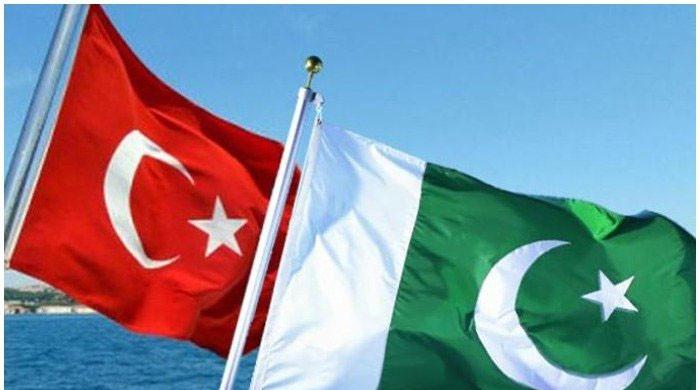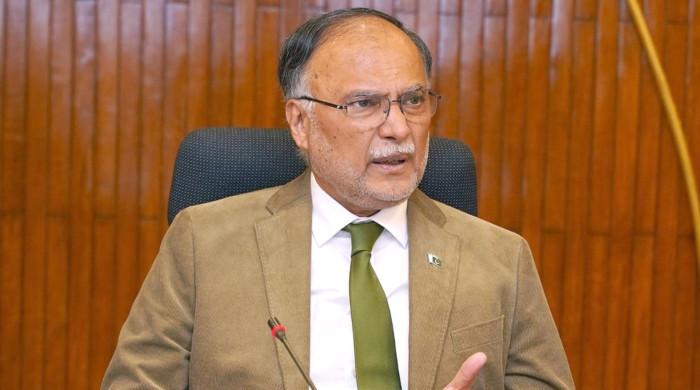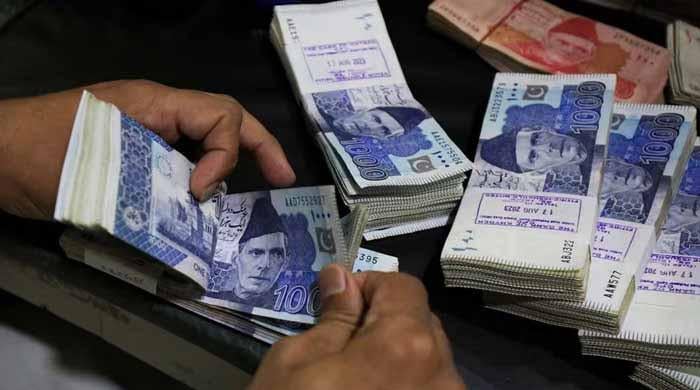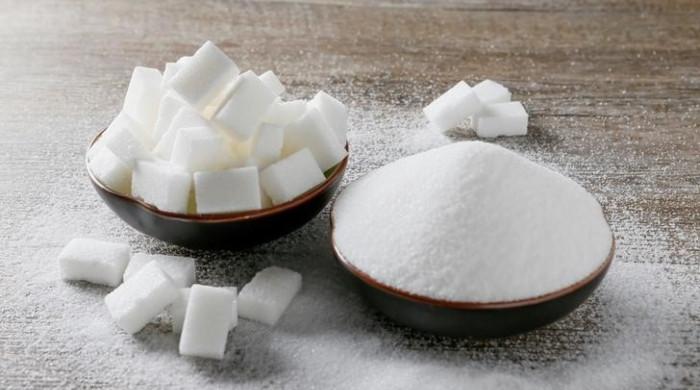Rupee plunges 28% amid IMF bailout troubles in FY23
In interbank market, rupee slips to 286 against dollar on June 27, 2023, compared to 204.8 on June 30, 2022
June 28, 2023
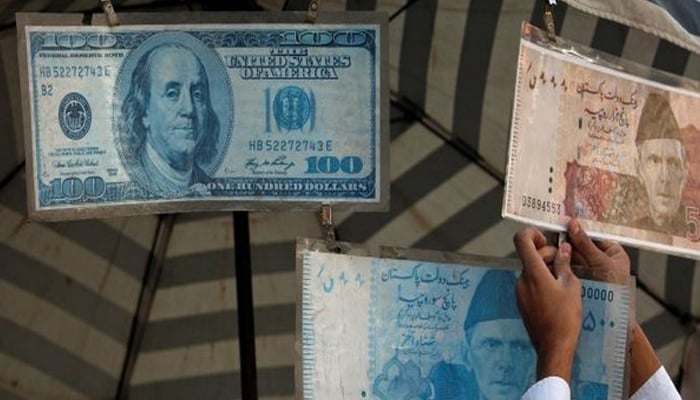
- Rupee slips to 286 against dollar on June 27, 2023.
- Local currency was at 204.8 on June 30, 2022.
- Next fiscal year also of challenges, says expert.
Pakistan's currency depreciated by a record 28% or around Rs82 against the dollar in the outgoing fiscal year, primarily as a result of a stalled International Monetary Fund (IMF) bailout programme, The News reported.
In the interbank market, the rupee slipped to 286 against the dollar on June 27, 2023, compared to 204.8 on June 30, 2022. The rupee appreciated 0.25% against the dollar on a day-on-day basis. Monday saw the closing price at 286.71 against the dollar.
"FY23 was a challenging year for Pakistan. The rupee came under pressure primarily due to the IMF programme suspension," said Fahad Rauf, head of research at Ismail Iqbal Securities.
"FY24 is again going to be challenging as it's the election year, and the uncertainty around the IMF programme continues," Rauf added.
"If Pakistan manages to complete the ongoing review, the pressure on the rupee would reduce to some extent. However, it would only be sustainable if Pakistan enters into another IMF programme fairly quickly," he said.
The depreciation of the rupee was primarily driven by challenges posed by debt repayments resulting in the depletion of reserves as well as a significant decline in capital inflows, said Arif Habib Limited, a Karachi-based brokerage firm, in a note.
After making the monetary and fiscal policy decisions required by the global lender for the release of the $1.1 billion tranche, Pakistan has been waiting for a deal with the IMF.
The country's loan programme, which has been stagnant for more than six months, expires on June 30.
The IMF funding is essential for the South Asian economy, which is in a balance of payments crisis as its central bank's foreign exchange reserves plummeted to just $4 billion, which is hardly enough to cover a month's worth of imports.
For FY2024, the nation will require $23 billion to finance its current account, service its external debt, and pay interest.
The State Bank of Pakistan stunned the market on Monday by raising interest rates by 100 basis points, bringing them to a record high of 22%.
The IMF has established these changes as one of the requirements for approving the staff-level agreement.
These conditions include adjustments to the budget, the elimination of administrative import restrictions, and an increase in interest rates. Additionally, the open market and interbank exchange rate alignment requirements have been met.
Although it was widely believed that the announcement of the deal with the IMF would occur soon, no official statement has been made as of yet.
In a video message to the media, Malik Bostan, the president of the Exchange Companies Association of Pakistan (ECAP), said that the narrowing gap between interbank and open market exchange rates was a factor in the drop in hundi and hawala transactions.
Previously, there was a Rs30 differential between the open market rate and the interbank rate. However, it is now only Rs3. Currently, the official market is trading at 286, and the open market is trading at 289 for the rupee.
However, the rates provided by the ECAP showed that the rupee was selling at 290 per dollar in the kerb market, up from 291 in the previous session.
Bostan claimed that proceeds from exports have improved during the last three days.
In the last three days leading up to the Eid ul Adha festival, remittances sent by Pakistani citizens working abroad through formal channels (banks) have dramatically surged.
Letters of credit are not being opened by importers because they anticipate a bigger drop in the dollar rate in the days to come. Bostan expects that the IMF agreement will boost the rupee to a level of 270 versus the dollar.




